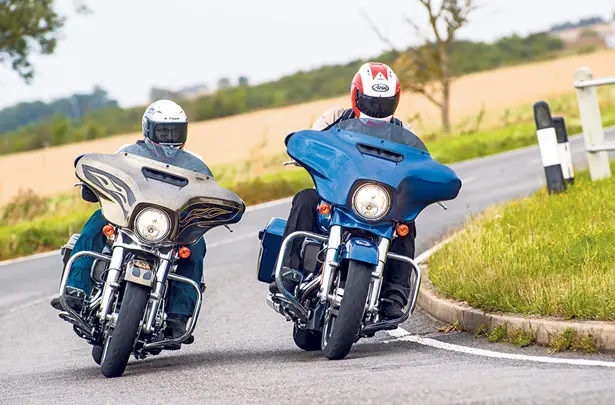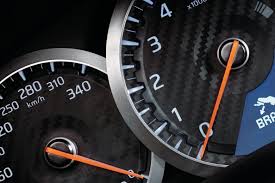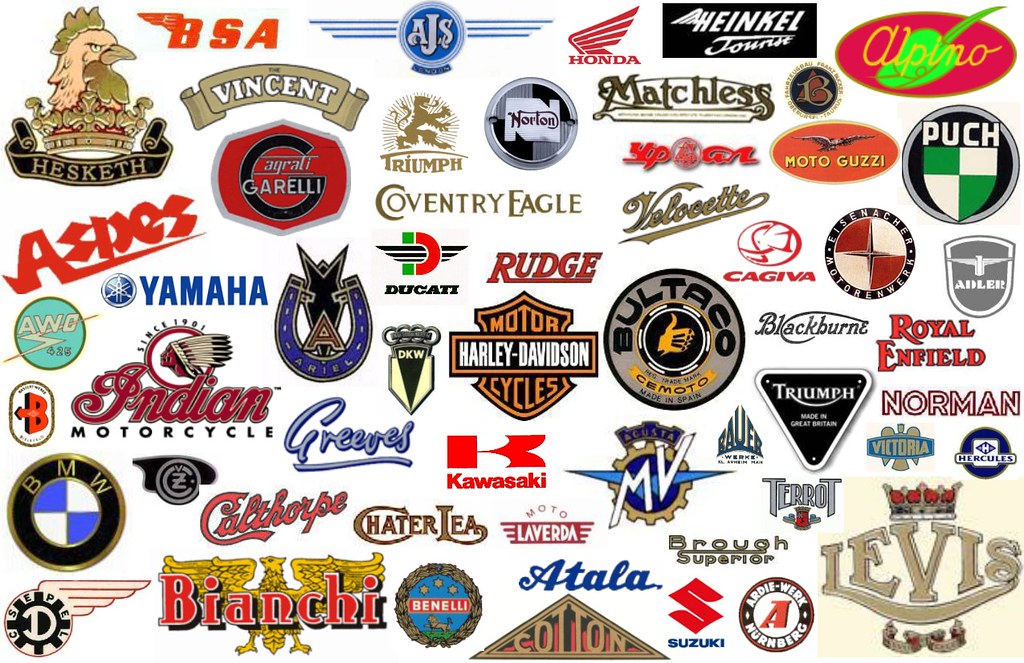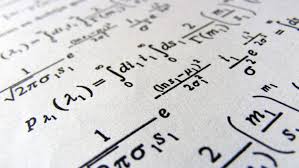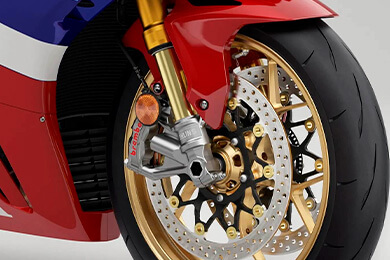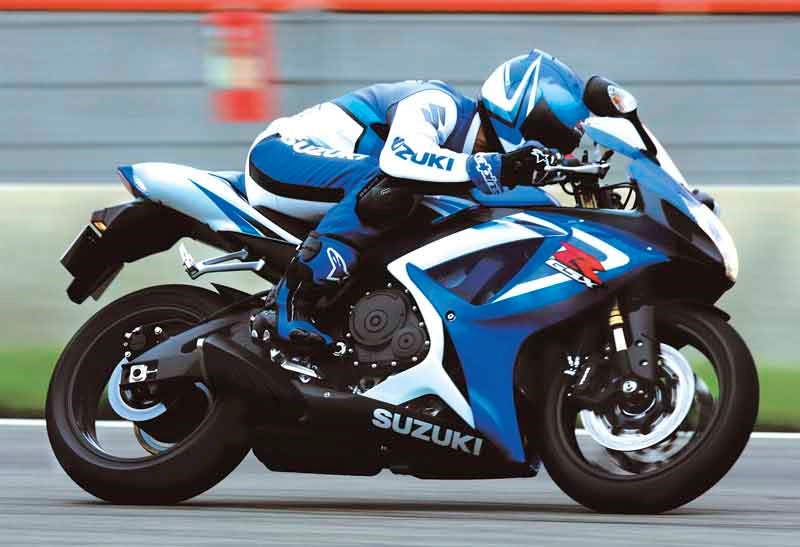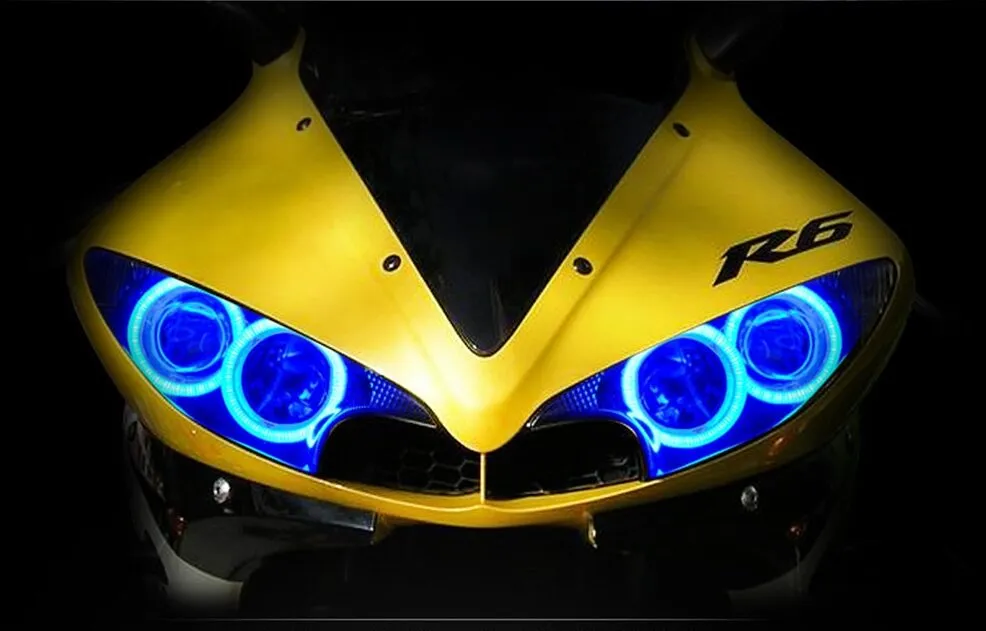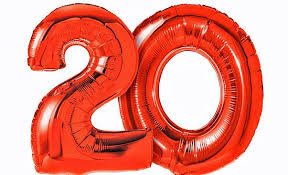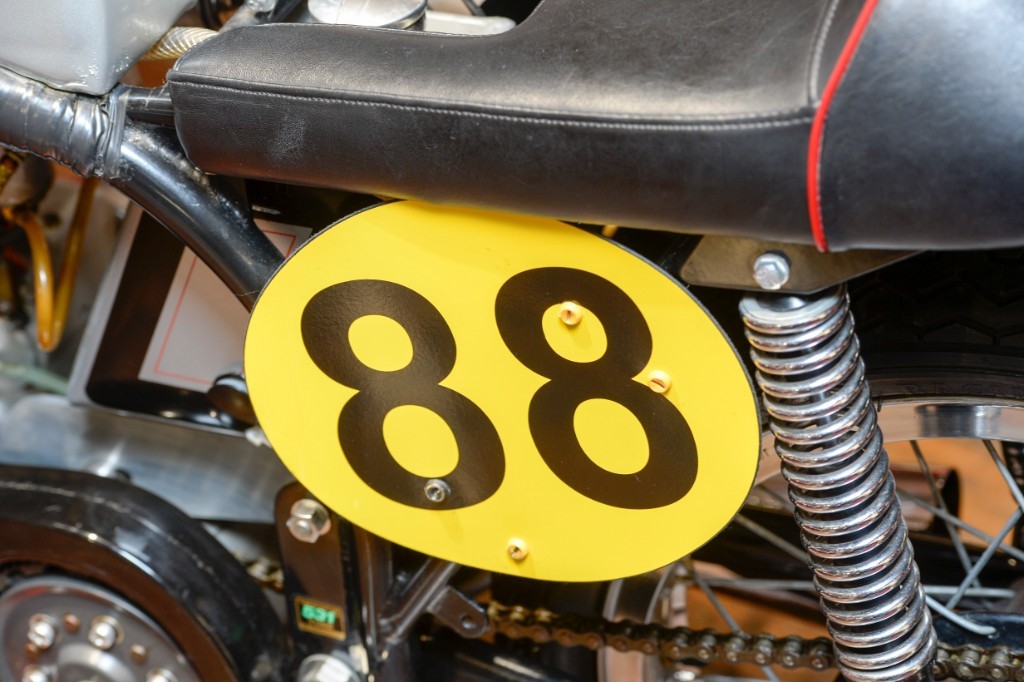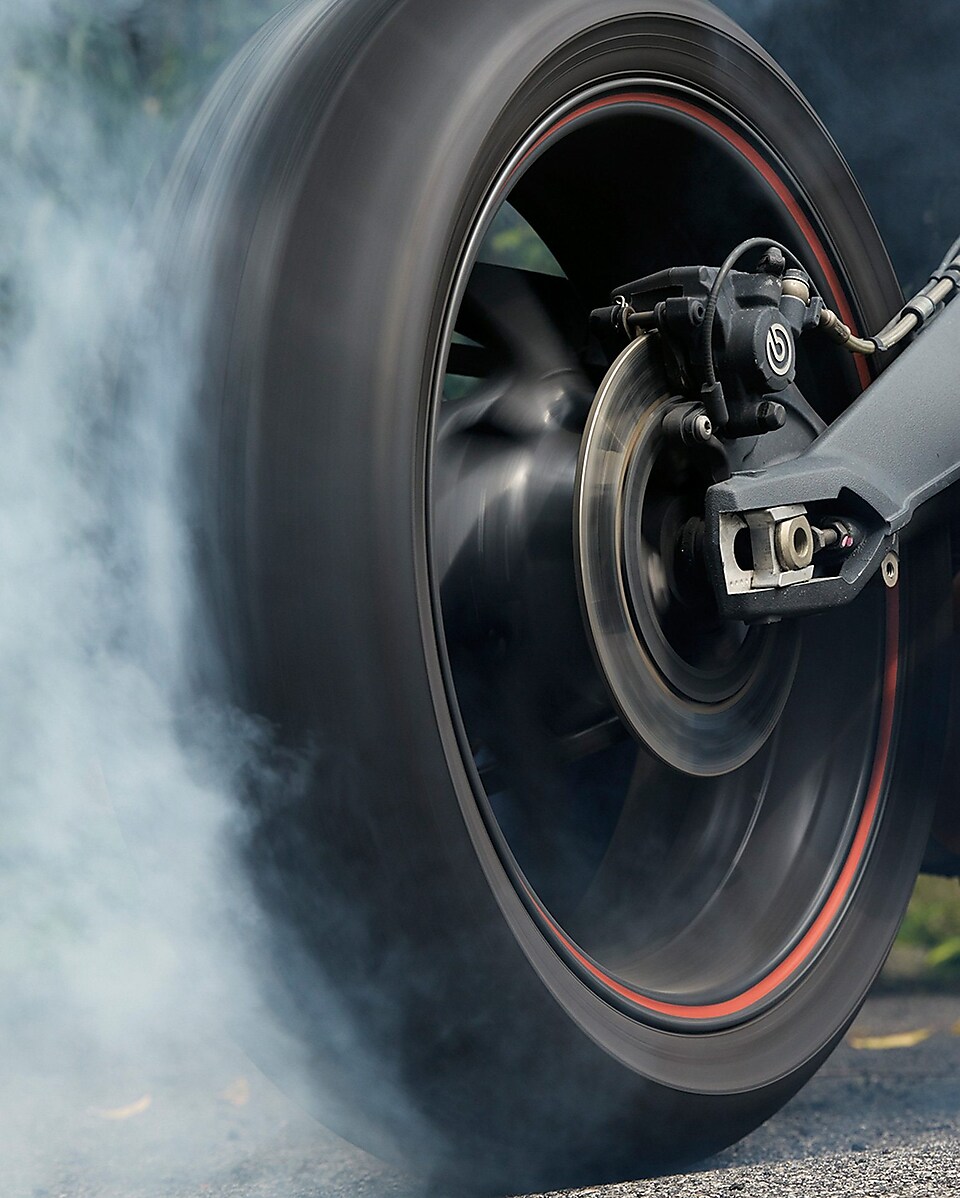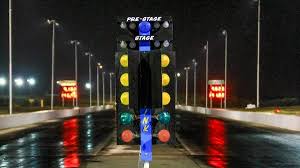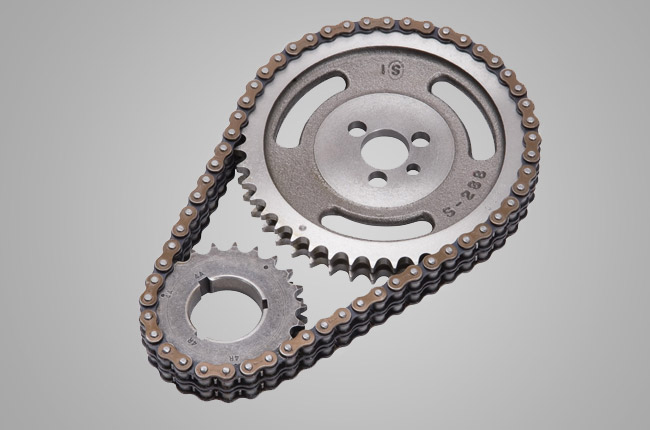
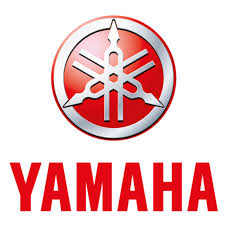

This edition of the Yamaha FZS 1000 Fazer is the 6 speed | Manual version and was first brought out in 2003. This was at around the same time as the introduction of the 2004 Suzuki GSX-R 1000 Mat Mladin Replica and the 2004 Yamaha YZF1000 R1 Gold Limited Edition.This particular Yamaha FZS 1000 has a 998cc Liquid cooled, Two stroke, V4 Petrol powerplant with 4 cylinders and Carburettor.
![Kawasaki Ninja H2 1000 SX-SE Supercharged - [2020] image Kawasaki Ninja H2 1000 SX-SE Supercharged - [2020] image](/editionimages/b/default.jpg)
An alternative V4 engine, Sport-Touring style motorbike includes the Kawasaki Ninja H2 1000 SX-SE Supercharged - [2020]
The 2003 FZS 1000 shares its V4 engine and Sport-Touring style configuration with the likes of the 2020 Kawasaki Ninja H2 1000 SX-SE Supercharged and the 2019 Kawasaki Ninja H2 1000 SX-SE Supercharged. Alternatively, if you're looking for other bikes which share the FZS 1000's Sport-Touring style with a similar size of engine then how about the 2020 Kawasaki Ninja H2 1000 SX-SE Supercharged | 2020cc.2019 Kawasaki Ninja H2 1000 SX-SE Supercharged | 2019cc.
Weighing in at 230 kgs (507 lbs) this makes the Yamaha FZS 1000 Fazer in the same weight category as the 2025 Kawasaki Z 900 DOHC or the 2025 Kawasaki Z 900 DOHC SE, give or take 50kg.
In terms of power the 998cc 44 valve V4 4 cylinder engine produces 143.1 bhp (106 kW) @ 10000 rpm similar to the 2025 Yamaha Tracer 9 Triple [119 bhp (88 kW) @ 10000 rpm] or the 2025 Yamaha Tracer 9 GT [119 bhp (88 kW) @ 10000 rpm].
The DOHC Two stroke unit throws out torque of 78.1 lb-ft (105.8 Nm) @ 7500 rpm placing it alongside motorbikes of similar performance figures such as the 2025 Kawasaki Z 900 DOHC SE [73.0 lb-ft (99.1 Nm) @ 7700 rpm] and the 2025 Kawasaki Z 900 DOHC [73.0 lb-ft (99.1 Nm) @ 7700 rpm].
If one combines the weight with power or torque performance for the Yamaha FZS 1000 you can get a better idea of it's real world performance.
The 2003 Yamaha FZS 1000 Fazer has a Power to weight ratio of 622.1 bhp per ton and 339.5 lb-ft per ton. Bhp Per Ton figures of the 2003 FZS 1000 competing with the 2014 Kawasaki Z 1000 ABS [645.4 bhp\ton] and the 2019 Kawasaki Z 1000 R [645.4 bhp\ton].
If you agree with the late great Carroll Shelby, then arguably an even better indicator of potential performance is Torque. Factor weight into the equation and you end up with - Torque per ton, with the Yamaha FZS 1000 generating around 339.5 lb-ft per ton. If you're curious as to what other motorbikes have as much torque to weight then look no further than the 2010 Buell-EBR XB12XT Ulysses [363.9 lb-ft per ton] and the 2008 Buell-EBR XB12XT Ulysses [363.9 lb-ft per ton].
With a 0-60mph time of 5.9 secs or a 0-100km/h (0-62mph) of 6.1 secs, this makes the Yamaha FZS 1000 Fazer similar in acceleration to the 2024 Kawasaki ZX-6 R Ninja (5.9 secs) and the 2013 Kawasaki Z 1000 DOHC (5.9 secs). This Yamaha FZS 1000 Fazer also competes in terms of 0-60 mph and 0-100km/h with the 2018 Honda CB 250 R Neo Sports Cafe (0.0 secs) and the 2020 Norton Superlight SS (0.4 secs).
![Suzuki GSX-R 750 WV SRAD - [1997] image Suzuki GSX-R 750 WV SRAD - [1997] image](/editionimages/b/default.jpg)
Quarter Mile time is a close race between the 2003 Yamaha FZS 1000 Fazer and the 1997 Suzuki GSX-R 750 WV SRAD
When talking about the performance of the 2003 Yamaha FZS 1000 Fazer on the drag strip it can reach a quarter mile in an estimated 10.6 secs @ 0 mph. Bikes with a similar performance down the quarter mile can be found in the 1997 Suzuki GSX-R 750 WV SRAD (10.6 secs) and the 2007 Kawasaki ZX-10 R Ninja (10.6 secs).
The 2003 version of the Yamaha FZS 1000 Fazer has a maximum speed of 162mph.
If maxing out your bike on the AutoBahn is your thing and you're wondering what's faster at the top end than the 2003 Yamaha FZS 1000 Fazer then how about a 1998 Yamaha YZF750 R7 OWO2 (173 mph) and the 2014 Yamaha YZF1000 R1 Race-Blu Specia Edition (174 mph).





